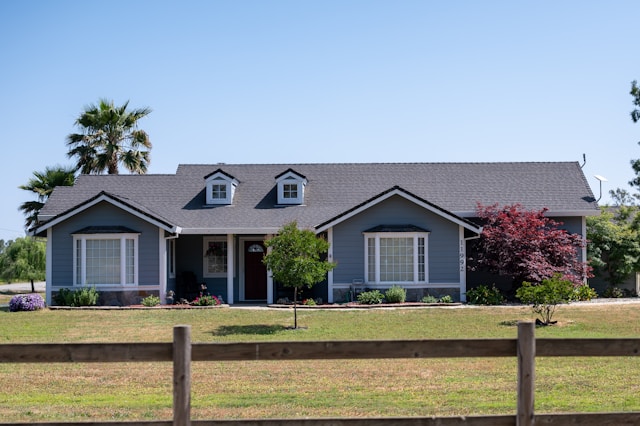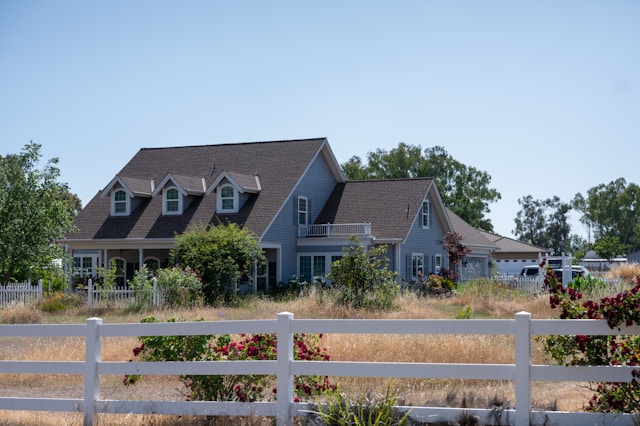The Ultimate Guide to Real Estate in Covina, CA
If you’re looking to buy or sell property in Covina, CA, you’re in the right place. Whether you’re a first-time homebuyer or an experienced investor, this guide will walk you through everything you need to know about real estate in this beautiful city. I’ll cover the basics, explain important concepts, and give you tips to help you make the best decisions.
Understanding Covina, CA
Covina is a city located in Los Angeles County, California. It’s known for its small-town feel while still being close to the big city amenities of Los Angeles. Covina has a variety of neighborhoods, each with its own unique charm. From quiet residential streets to bustling areas with shops and restaurants, there’s something for everyone here.
Why Choose Covina?
Covina offers a mix of suburban living with the convenience of nearby city life. The schools are good, the community is friendly, and there are plenty of parks and recreational activities. Plus, the weather is great year-round. If you’re looking for a place that offers a little bit of everything, Covina is a solid choice.
Types of Properties in Covina
When it comes to real estate, Covina has a variety of properties to choose from. Understanding the different types of properties can help you decide which one is right for you.
Single-Family Homes
These are standalone houses, usually with a yard. They are perfect for families or anyone who wants more space and privacy. In Covina, you’ll find single-family homes in various sizes and styles. Some have large backyards, while others are more compact.
Example: Imagine you want a house where your kids can play in the backyard. A single-family home with a fenced yard would be ideal for you. You’ll have your own space, and your kids can play safely.
Condos and Townhomes
Condos (short for condominiums) and townhomes are a bit different from single-family homes. In a condo, you own your unit but share common areas with other residents. Townhomes are similar but usually have multiple floors and sometimes a small yard. These are great options if you want less maintenance work, as many of the exterior upkeep is handled by a homeowners’ association (HOA).
Example: If you don’t have time for yard work, a condo might be the best choice. You’ll have less to worry about since the HOA will take care of the landscaping and exterior maintenance.
Apartments
Renting an apartment is a good option if you’re not ready to buy. Apartments come in various sizes, from studios to multiple bedrooms. They usually have shared amenities like pools, gyms, or laundry facilities.
Example: Let’s say you’re new to the area and want to get a feel for Covina before buying. Renting an apartment for a year or two can give you the flexibility to explore different neighborhoods without a long-term commitment.
Investment Properties
Some people buy properties as an investment. This can mean renting out the property to tenants or fixing up a house and selling it for a profit. Investment properties can be a great way to make money, but they come with their own set of challenges.
Example: If you buy a fixer-upper, you’ll need to invest time and money into renovations. But once the work is done, you could sell it for a higher price or rent it out for a steady income.
The Buying Process
Buying a home can be a complicated process, but breaking it down into steps can make it easier to understand. Here’s what you need to know.
Getting Pre-Approved for a Mortgage
Before you start looking at homes, it’s important to know how much you can afford. Getting pre-approved for a mortgage means a lender has looked at your financial situation and is willing to loan you a certain amount of money. This helps you know your budget and shows sellers that you’re serious about buying.
Example: Think of pre-approval as getting a green light from the bank. They’ve checked your income, credit score, and other financial details and decided how much they can lend you. This way, you won’t waste time looking at houses outside your price range.
Finding a Real Estate Agent
A real estate agent can help you find homes that match your needs, negotiate prices, and guide you through the buying process. They have local knowledge and can offer valuable advice. Choose an agent who is experienced and who you feel comfortable with.
Example: If you’re new to Covina, an agent can show you different neighborhoods and help you find a home that fits your lifestyle. They can also point out things you might not notice, like the quality of local schools or nearby amenities.
House Hunting
Once you know your budget and have an agent, it’s time to start looking at houses. Make a list of what you need and want in a home, like the number of bedrooms, location, and any special features.
Example: Let’s say you need three bedrooms and want a big kitchen because you love cooking. Your agent will help you find homes that meet these criteria, saving you time and effort.
Making an Offer
When you find a home you like, the next step is to make an offer. Your agent will help you decide on a fair price based on the home’s condition and the prices of similar homes in the area. They’ll also help you write a formal offer letter to the seller.
Example: Imagine you find a home listed for $400,000. Your agent might suggest offering $390,000 based on recent sales in the area. They’ll help you write the offer letter, which includes the price you’re willing to pay and any conditions, like needing a home inspection.
Closing the Deal
If the seller accepts your offer, the final step is closing the deal. This involves signing a lot of paperwork and paying closing costs, which include fees for things like the loan, home inspection, and title insurance. Once everything is signed and paid, you get the keys to your new home.
Example: Think of closing as the finish line. After all the forms are signed and fees are paid, the house is officially yours. You’ll get the keys and can start moving in.
The Selling Process
Selling a home is also a multi-step process. Here’s what you need to know to sell your property in Covina.
Preparing Your Home for Sale
First impressions matter, so you’ll want to make sure your home looks its best. This might mean making minor repairs, cleaning thoroughly, and staging the home to look appealing to buyers.
Example: Imagine you’re selling your home, and the front door is a bit worn out. Repainting it and adding some plants can make a big difference in how welcoming your home looks to potential buyers.
Setting the Right Price
Pricing your home correctly is crucial. If you price it too high, it might sit on the market for a long time. If you price it too low, you might miss out on potential profit. Your real estate agent can help you find the right balance by looking at similar homes in your area that have recently sold.
Example: If similar homes in your neighborhood are selling for around $500,000, pricing your home at $700,000 might not attract buyers. But pricing it at $480,000 could spark interest and potentially lead to multiple offers.
Marketing Your Home
To attract buyers, you need to market your home effectively. This includes listing it on real estate websites, holding open houses, and using high-quality photos and descriptions to showcase your property.
Example: Think of marketing your home like creating a profile on a dating app. Good photos and a compelling description can attract more interest and lead to quicker results.
Negotiating Offers
When you receive offers, your agent will help you review them and negotiate with buyers to get the best deal. This might involve counteroffers where you ask for a higher price or better terms.
Example: If you receive an offer for $450,000 but believe your home is worth $475,000, your agent can help you counteroffer. You might end up settling at $460,000, which is closer to your desired price.
Closing the Sale
Once you accept an offer, the final steps are similar to the buying process. You’ll need to sign paperwork and pay closing costs. After everything is finalized, you’ll hand over the keys to the new owner.
Example: Closing the sale is like passing the baton in a relay race. You sign the final documents, the buyer pays, and the home officially changes hands.
Tips for First-Time Homebuyers
Buying your first home can be exciting and overwhelming. Here are some tips to help you navigate the process.
Save for a Down Payment
Most lenders require a down payment, which is a percentage of the home’s price that you pay upfront. The more you can save, the better, as a larger down payment can lower your monthly mortgage payments.
Example: If you’re buying a home for $400,000, a 10% down payment would be $40,000. Saving up for this amount can make your mortgage more affordable in the long run.
Understand Your Mortgage Options
There are different types of mortgages, each with its own terms and conditions. Fixed-rate mortgages have a set interest rate for the entire loan term, while adjustable-rate mortgages (ARMs) have rates that can change. Your lender can help you choose the best option for your situation.
Example: If you plan to stay in your home for many years, a fixed-rate mortgage might be better because your payments will stay the same. But if you think you might move in a few years, an ARM could offer lower initial payments.
Get a Home Inspection
A home inspection is a thorough review of the home’s condition by a professional. It can uncover potential issues that might not be visible during a regular viewing.
Example: Imagine you’re buying a home that looks perfect on the outside. A home inspection could reveal hidden problems, like a leaky roof or faulty wiring, which you’ll want to know about before finalizing the purchase.
Budget for Additional Costs
Buying a home involves more than just the purchase price. You’ll also need to budget for closing costs, moving expenses, and ongoing maintenance.
Example: If your home needs new appliances or a fresh coat of paint, you’ll need to factor these costs into your budget. Planning for these expenses can prevent financial surprises down the road.
Conclusion
Navigating the real estate market in Covina, CA, doesn’t have to be daunting. Whether you’re buying your first home, selling a property, or looking to invest, understanding the basics can make the process smoother. From getting pre-approved for a mortgage to setting the right price for your home, each step is crucial. By following this guide, you’ll be well-equipped to make informed decisions and achieve your real estate goals in Covina. Happy house hunting!


